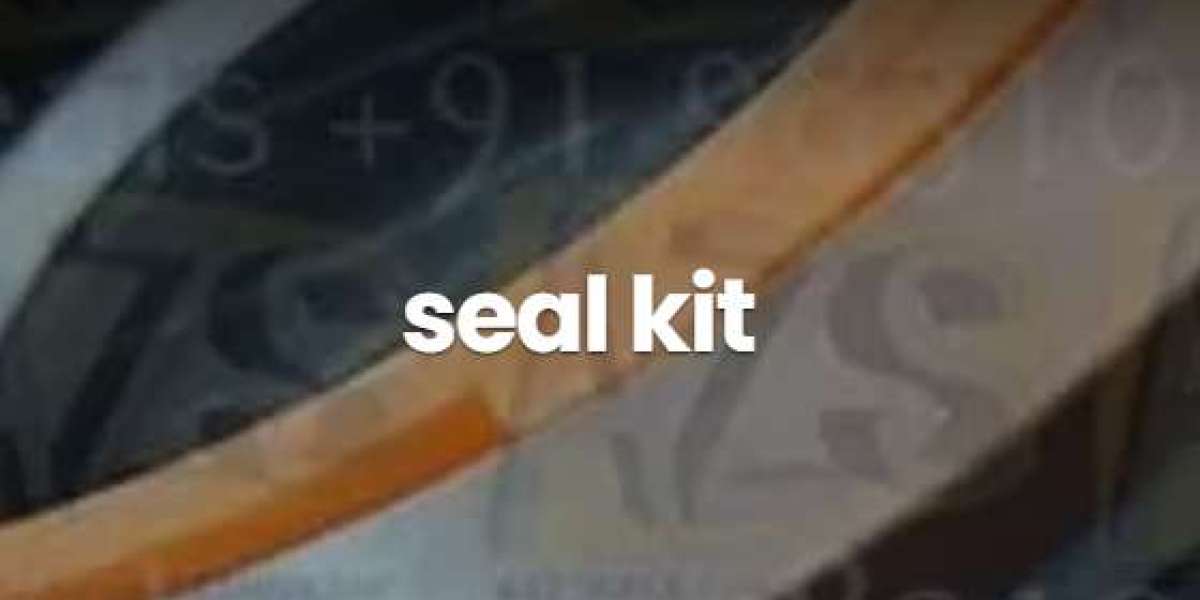Proper installation is crucial for the performance and longevity of seals in industrial applications. Incorrect installation can lead to leaks, premature wear, and system failures. Here are some best practices for seal installation:
Cleanliness is Key:
- Ensure that all components, including shafts, housings, and seal mounting surfaces, are thoroughly clean before installation. Contaminants such as dirt, dust, and debris can compromise the seal's effectiveness and lead to premature wear.
Inspect Seals Before Installation:
- Before installation, carefully inspect seals for any damage, defects, or irregularities. Check for proper sizing, and verify that the seals match the specifications outlined by the manufacturer.
Use Proper Lubrication:
- Lubricate seals with a compatible lubricant during installation. Lubrication helps facilitate proper seating of the seal, reduces friction during initial operation, and prevents damage to the seal lip.
Avoid Seal Damage During Installation:
- Take precautions to avoid damaging the seal during installation. Use appropriate tools and techniques to prevent nicks, cuts, or distortion of the seal lip. Sharp or abrasive tools should be avoided to prevent damage to the sealing surface.
Check Shaft and Housing Conditions:
- Inspect the condition of the shaft and housing where the seal will be installed. Ensure that these surfaces are free of burrs, nicks, or other irregularities that could damage the seal. If necessary, use emery cloth or a fine file to smooth out any imperfections.
Mind the Seal Orientation:
- Install the seal in the correct orientation. The lip or sealing element should face the side from which the pressure originates. Installing a seal backward can lead to improper sealing and premature failure.
Ensure Proper Shaft and Bore Tolerances:
- Verify that the shaft and bore tolerances are within the recommended range provided by the seal manufacturer. Improper tolerances can result in leaks, excessive wear, and reduced seal performance.
Use Installation Tools Correctly:
- If specialized tools are provided by the seal manufacturer for installation, use them according to the instructions. Avoid using excessive force, and follow the recommended procedures to prevent damage to the seal or its mating surfaces.
Follow Temperature Guidelines:
- Be mindful of the temperature during installation. Some seal materials may be more pliable or brittle at specific temperatures. Ensure that the installation temperature is within the specified range for the seal material.
Check for Proper Engagement:
- After installation, check for proper engagement of the seal. Ensure that the seal is evenly seated and that there are no gaps or uneven contact with the shaft or housing.
Implement Pre-Installation Checks:
- Before installing the seal, conduct pre-installation checks, including measuring dimensions, verifying part numbers, and confirming that the correct seal is being used for the application.
Consult Manufacturer Guidelines:
- Always refer to the manufacturer's installation guidelines and recommendations. Manufacturers often provide specific instructions based on the design and material properties of the seals.
Document Installation Details:
- Keep records of seal installations, including dates, personnel involved, and any observations made during the process. This documentation can be valuable for troubleshooting, maintenance, and future reference.
Conduct Post-Installation Checks:
- After installation, monitor the system for any signs of leaks or abnormal behavior. Conduct post-installation checks to ensure that the seals are performing as expected.
By following these best practices, you can ensure that seals are installed correctly, reducing the risk of premature failure and optimizing their performance in industrial applications. Proper installation is a key factor in achieving the expected lifespan and reliability of seals in diverse operating conditions.
See more







